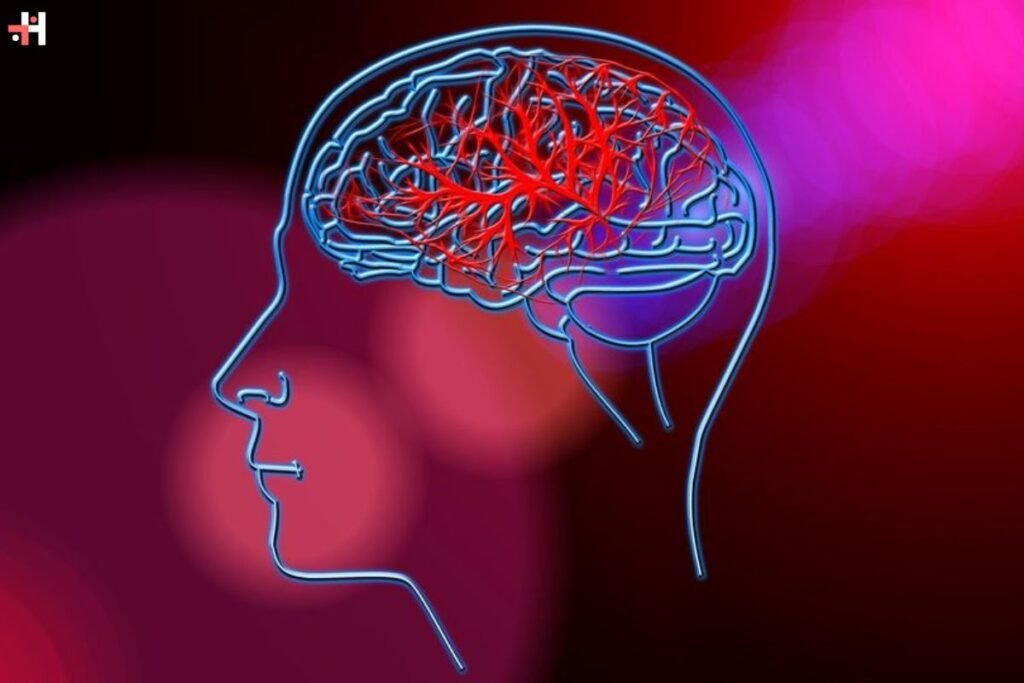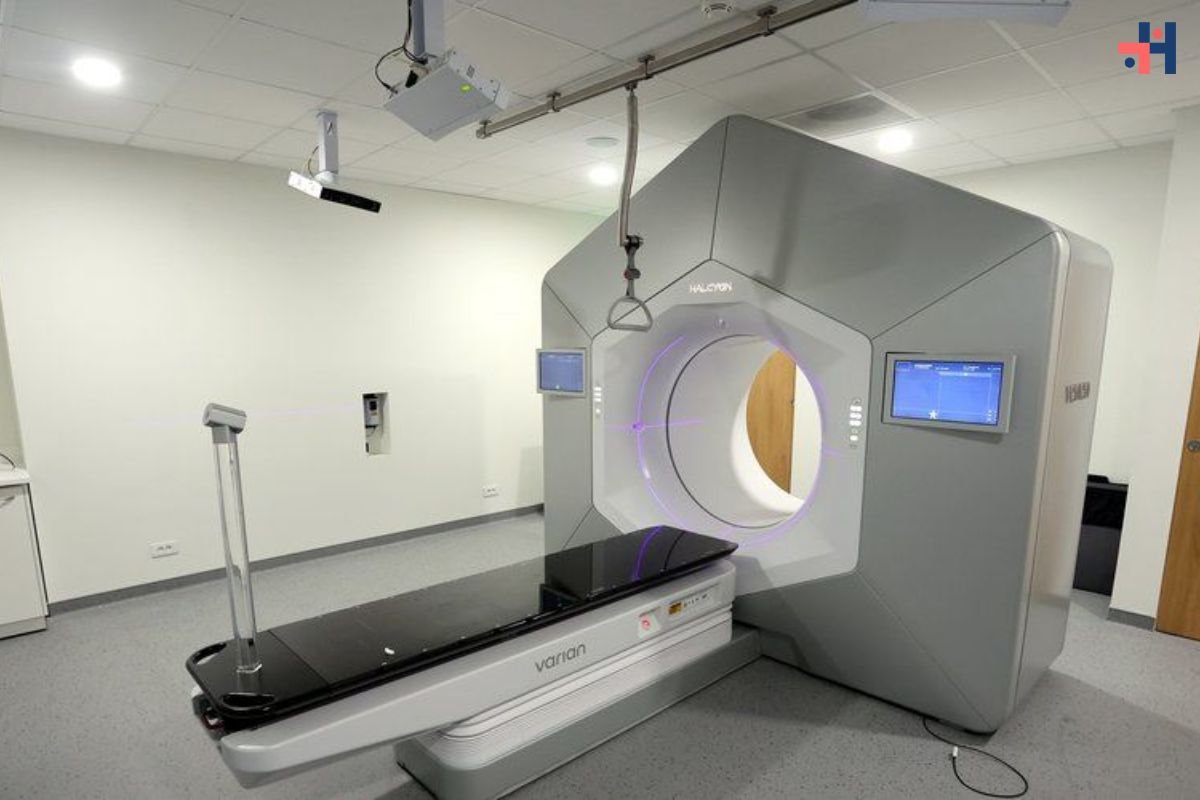(Source-Technology-Networks)
Recent data from the CDC reveals a concerning trend: the number of stroke cases among individuals under the age of 45 has surged by nearly fifteen percent since 2011. This increase, nearly double that seen in the overall population, underscores the growing threat of strokes, now ranking as the fifth leading cause of death in the United States.
Concurrent Challenges of stroke cases
The rise in stroke cases among younger demographics coincides with another troubling trend: a significant increase in cancer diagnoses among young Americans. Over the past two decades, cases of cancer in individuals under 50 have soared by a third, presenting a perplexing challenge for healthcare professionals.
This latest report from the CDC echoes previous findings, including a 2023 report from the American Heart Association (AHA), which noted a steady climb in stroke rates among individuals under 49 over the past three decades. Contributing factors to this phenomenon include heightened stress levels, sedentary lifestyles, and increased substance use among younger generations.
Addressing Risk Factors
While the root cause of this surge in stroke cases remains multifaceted, experts emphasize the importance of addressing modifiable risk factors such as obesity, high blood pressure, and diabetes. Dr. Christopher David Anderson of Mass General Brigham stresses the significance of proactive health management in mitigating stroke risk.
Economic Impact and Public Health Response
The economic burden of strokes, estimated at $56.2 billion annually, underscores the urgency of addressing this public health challenge. The CDC’s commitment to monitoring stroke trends and implementing targeted interventions reflects a concerted effort to raise awareness and improve outcomes.
The report also highlights disparities in stroke incidence, with higher rates observed among minority populations and individuals with lower education levels. Factors such as income disparities and limited access to healthcare contribute to these discrepancies.
Promoting Awareness and Prevention
Education plays a crucial role in stroke prevention, empowering individuals to recognize symptoms early and seek timely medical intervention. By advancing evidence-based practices and awareness programs, public health initiatives aim to reduce the burden of stroke and improve cerebrovascular health nationwide.
While the rise in stroke cases among younger Americans is concerning, efforts to raise awareness, promote prevention, and enhance treatment options offer hope for mitigating this public health challenge. With a concerted focus on education and intervention, healthcare professionals strive to reverse this alarming trend and improve outcomes for all individuals at risk of stroke.










